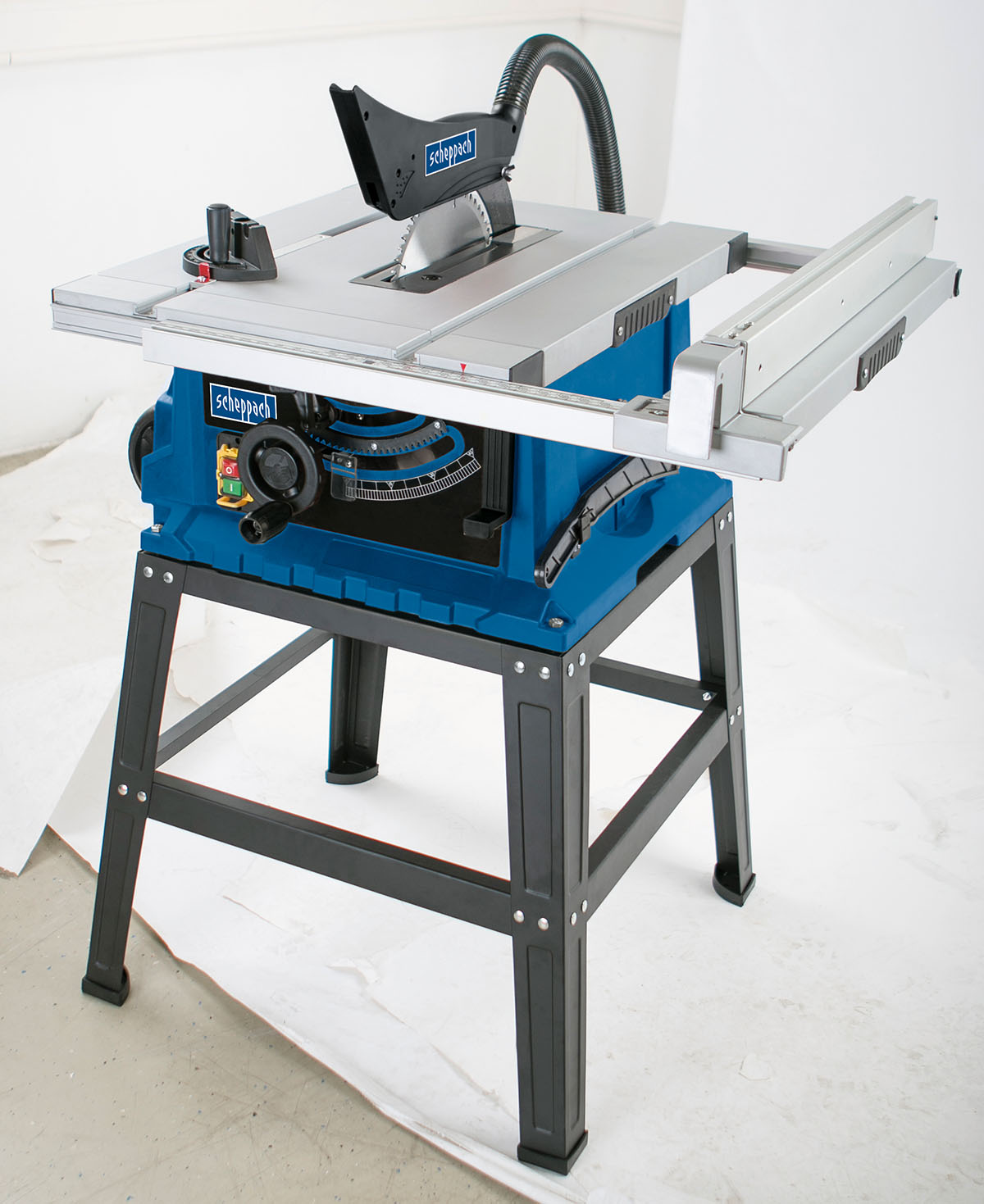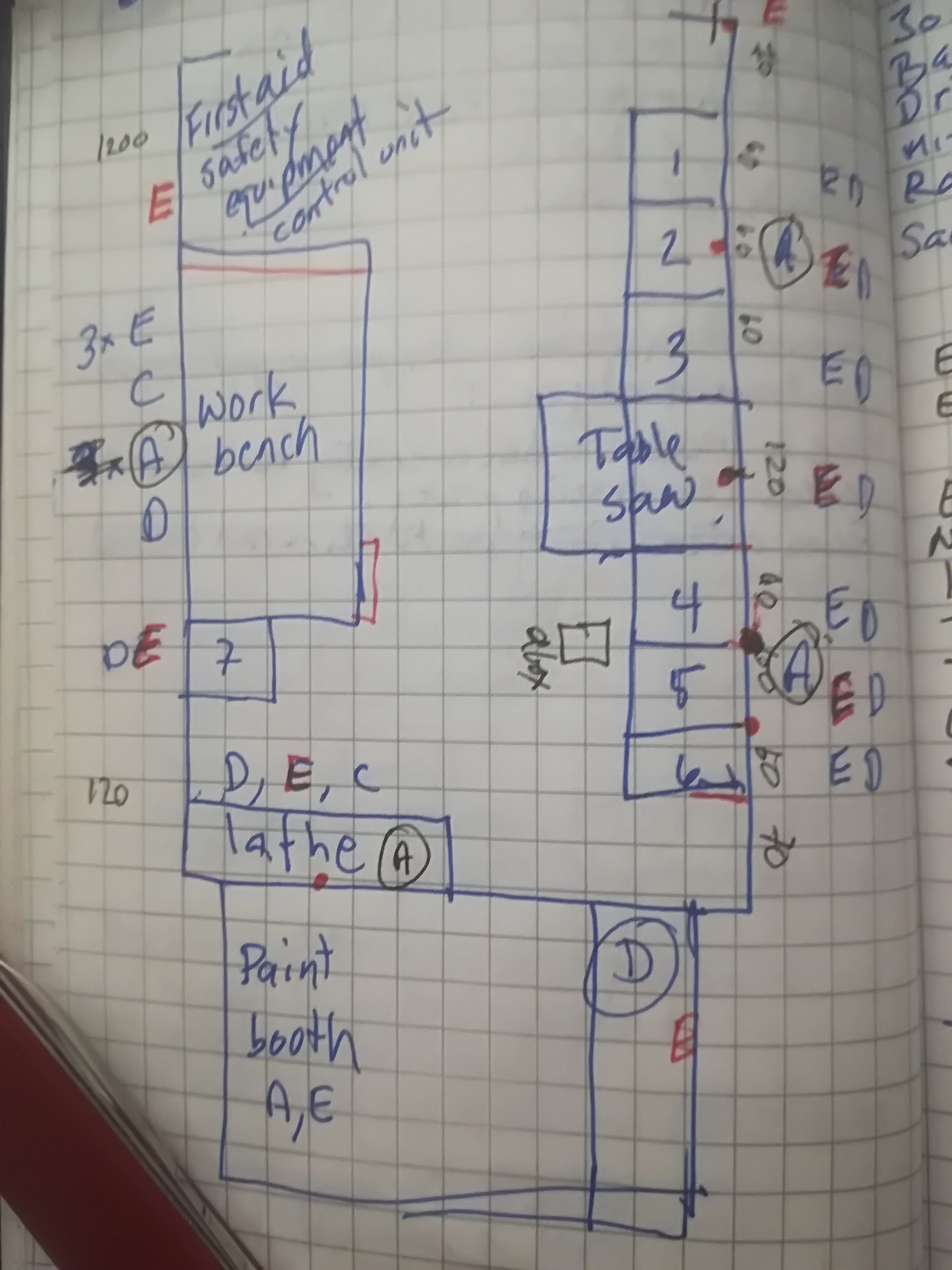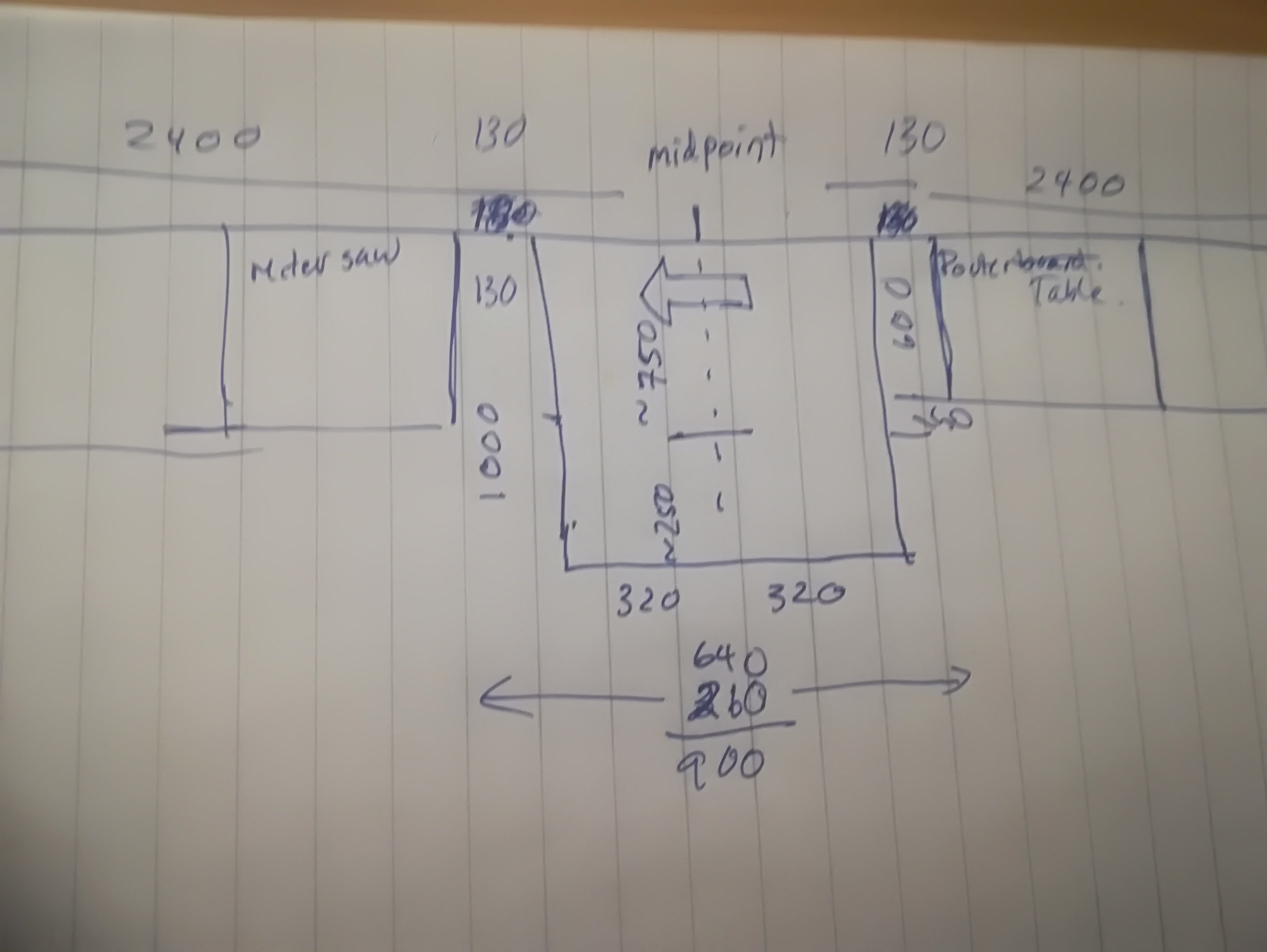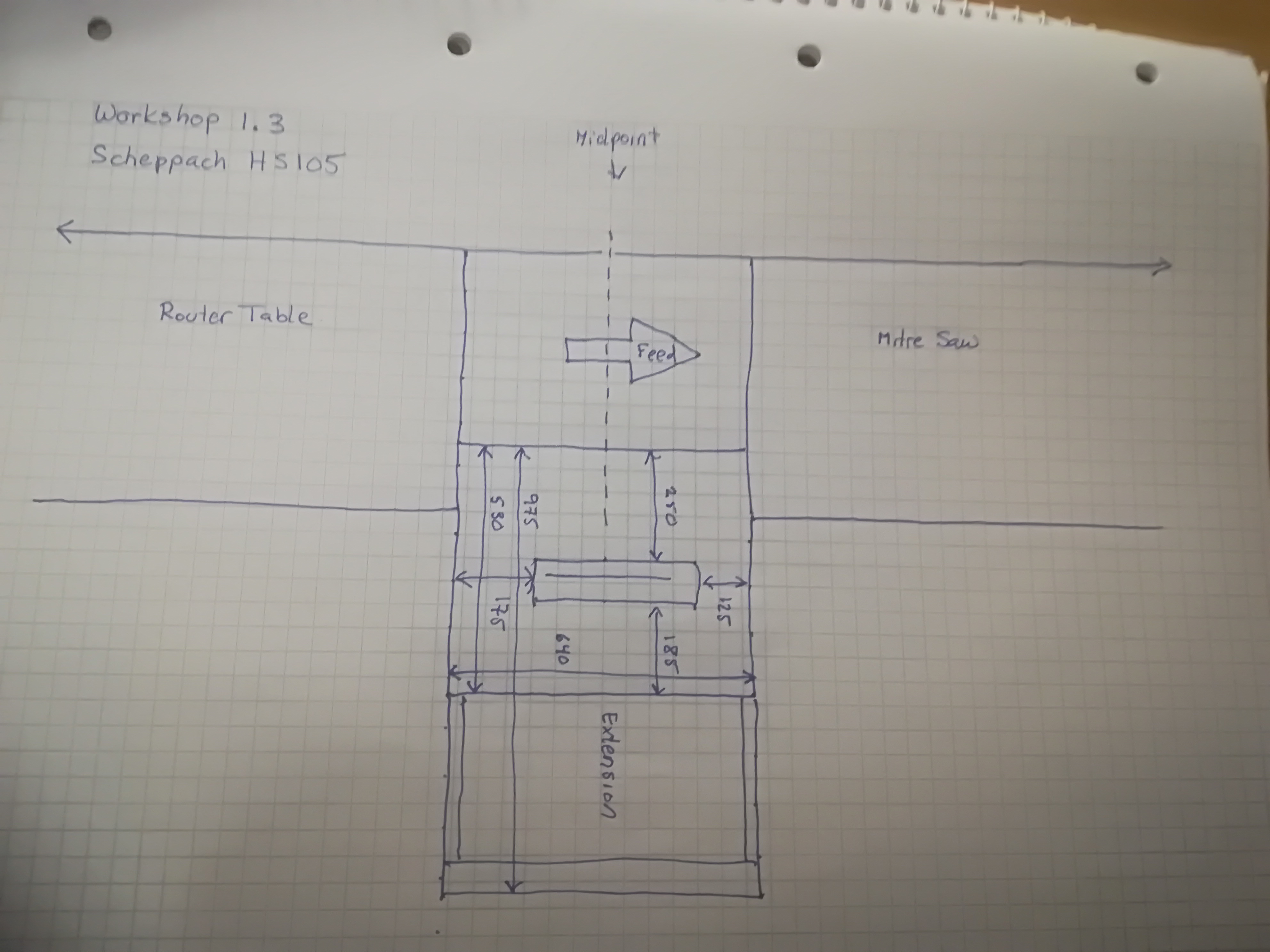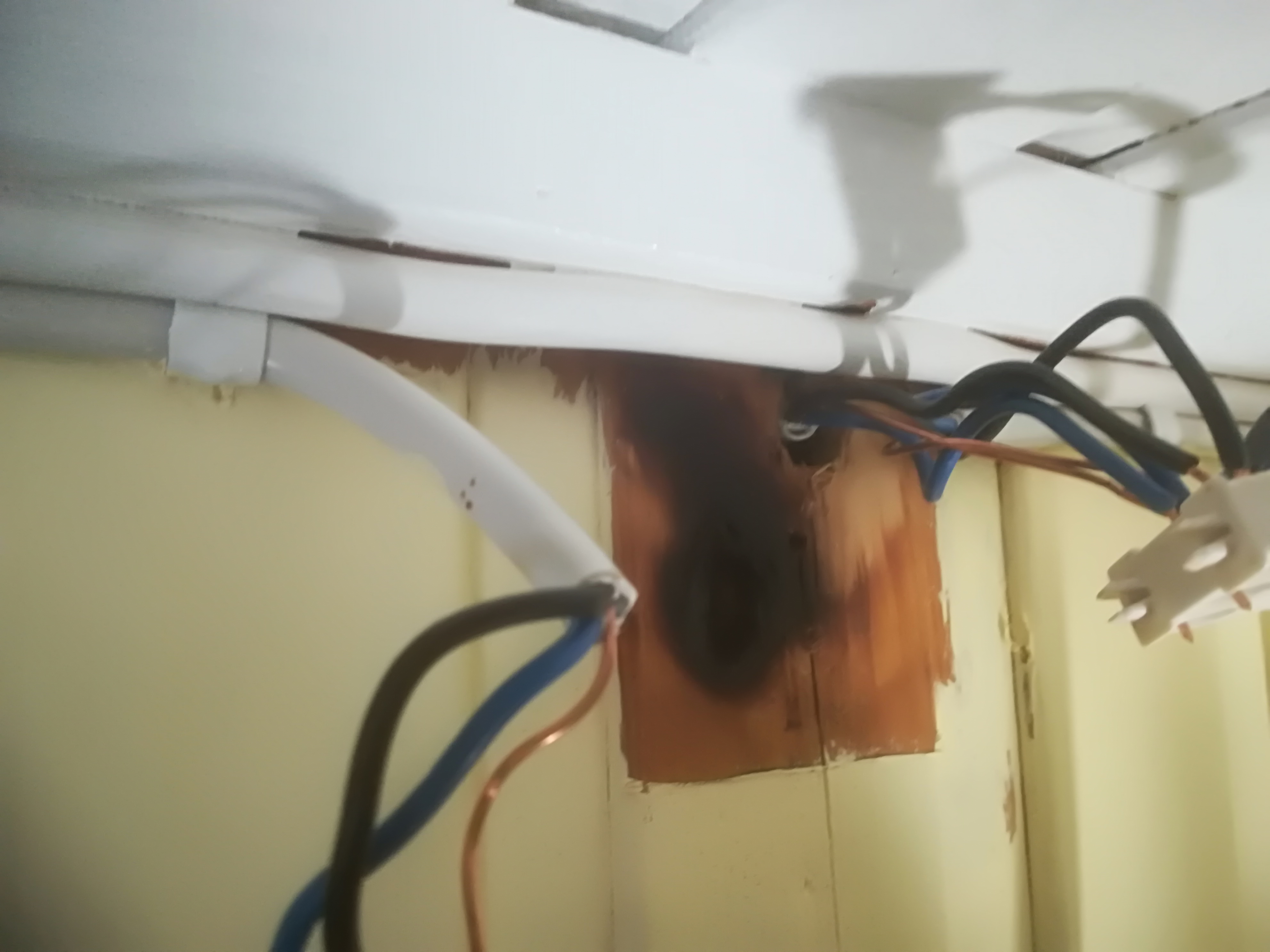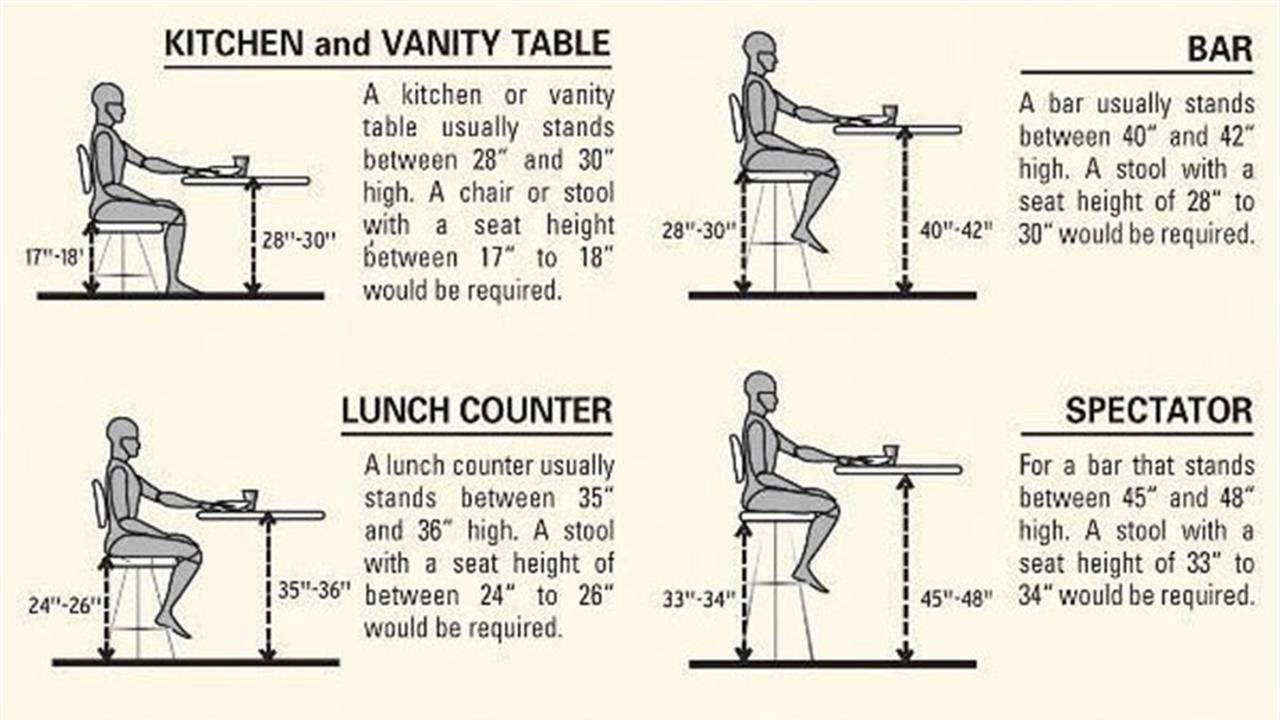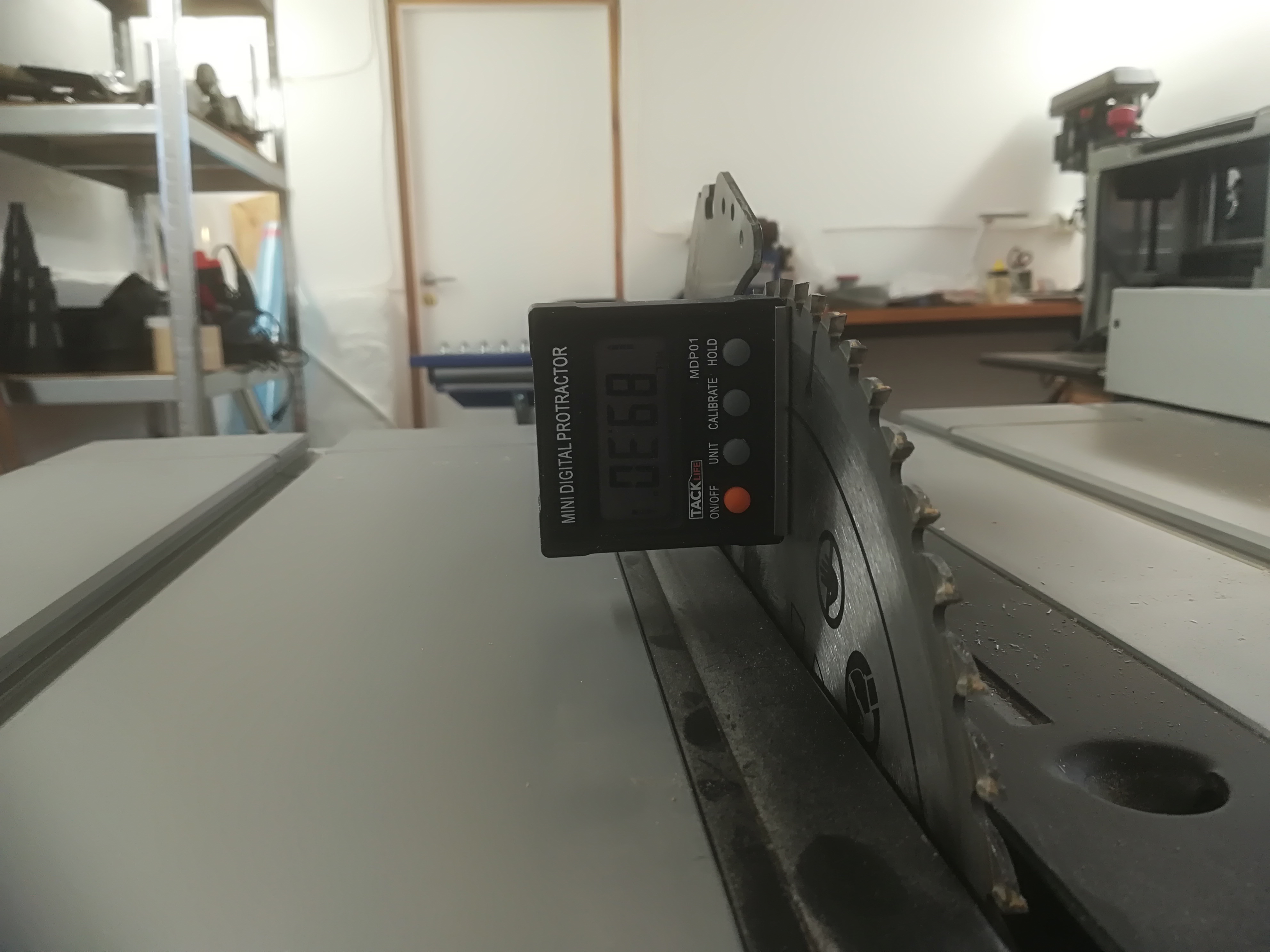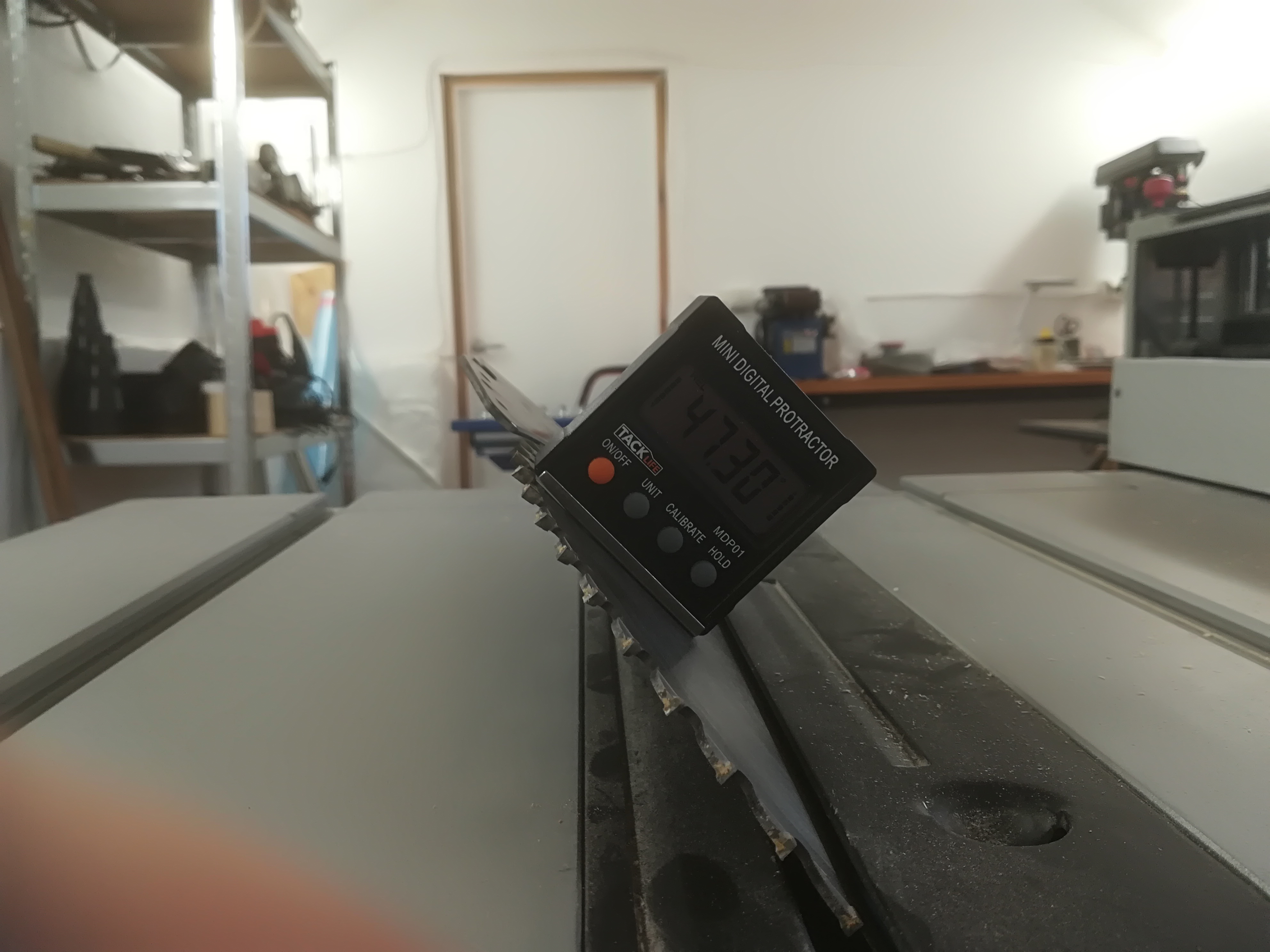For something to be extreme, it should be at least uncommon. If not, then one would use a different adjective to describe something, like commonplace or routine.
Thesaurus.com tries to be helpful, putting the origins of this adjective in the mid-15th century, or about 1450. It comes from the Latin, extremus, meaning outermost, utmost. If you remember your grammar (and your Latin), it is a superlative of exterus (from which we derive the word exterior). Superlative? you may ask. That’s the best in the trilogy of good, better (the comparative) and best.
In English, as in Latin, literary philistines do not always accept it as a superlative in its own right. They add yet another comparative level, more extreme, and another superlative level, most extreme. Fortunately, lexicographer Samuel Johnson (1709-1784) knew what was best, if not for mankind, at least for the English speaking population, and condemned this usage. The use of extreme as a noun begins in the 15th century, when it means last or latest. New meanings develop over time. By the 1540s it also refers to the end of life. An obsolete term, extreme unction (final anointment, one of three last rites) preserves this meaning. More nouns emerge. Extremes being the opposite ends of anything is from the 1550s. By about 1600, there are phrases, such as, in the extreme.
In 2018, ITV broadcaster Chris Tarrant (1946-) is using the term to describe his series of rail travelogues, Extreme Railways. The one I have watched most recently, was a perfectly ordinary train journey through the Baltic countries. There was nothing extreme about it. The only thing extreme about the series is the narrator, who I find rather tedious. It doesn’t help when I learn that he has been arrested twice for assault, has lost his driving license for drunken driving, and his marriage license for close encounters with the co-patron of a charity for the homeless.
This is just one of many series that include the word Extreme (with variant spelling). There is everything from Extreme Engineering to Extreme Championship Wrestling, and X-Treme Sports. There is also Extreme Makeover, an American reality series, and Extreme Couponing, a scripted reality series.
On YouTube we meet the same form of exaggerated importance. There is the Boston, Massachusetts rock band Extreme who achieved great (extreme?) success with their 1990 album Pornograffitti. Admittedly, the title of this album is extreme, combining pornography and graffiti, undoubtedly undertaken to increase sales. I won’t comment further about this musical group, since I haven’t heard any of their music.
I will end this discussion of extreme with a look at King’s Fine Woodworking YouTube channel. It is a perfectly ordinary woodworking show, admittedly a bit long-winded compared to many. Building an extreme miter station takes an hour and a half to describe. There is also an extreme woodworking bench to make. This is not only extreme, but cheap, costing under $200. More recently, an extreme crosscut miter dado table saw sled with removable zero clearance insert plates, filmed in 4K video, has been released. At least the title is extremely long.
I think I am beginning to understand. Extreme is an alternative concept to important. It represents things that are overly complex, but not offering any benefits for that complexity.


